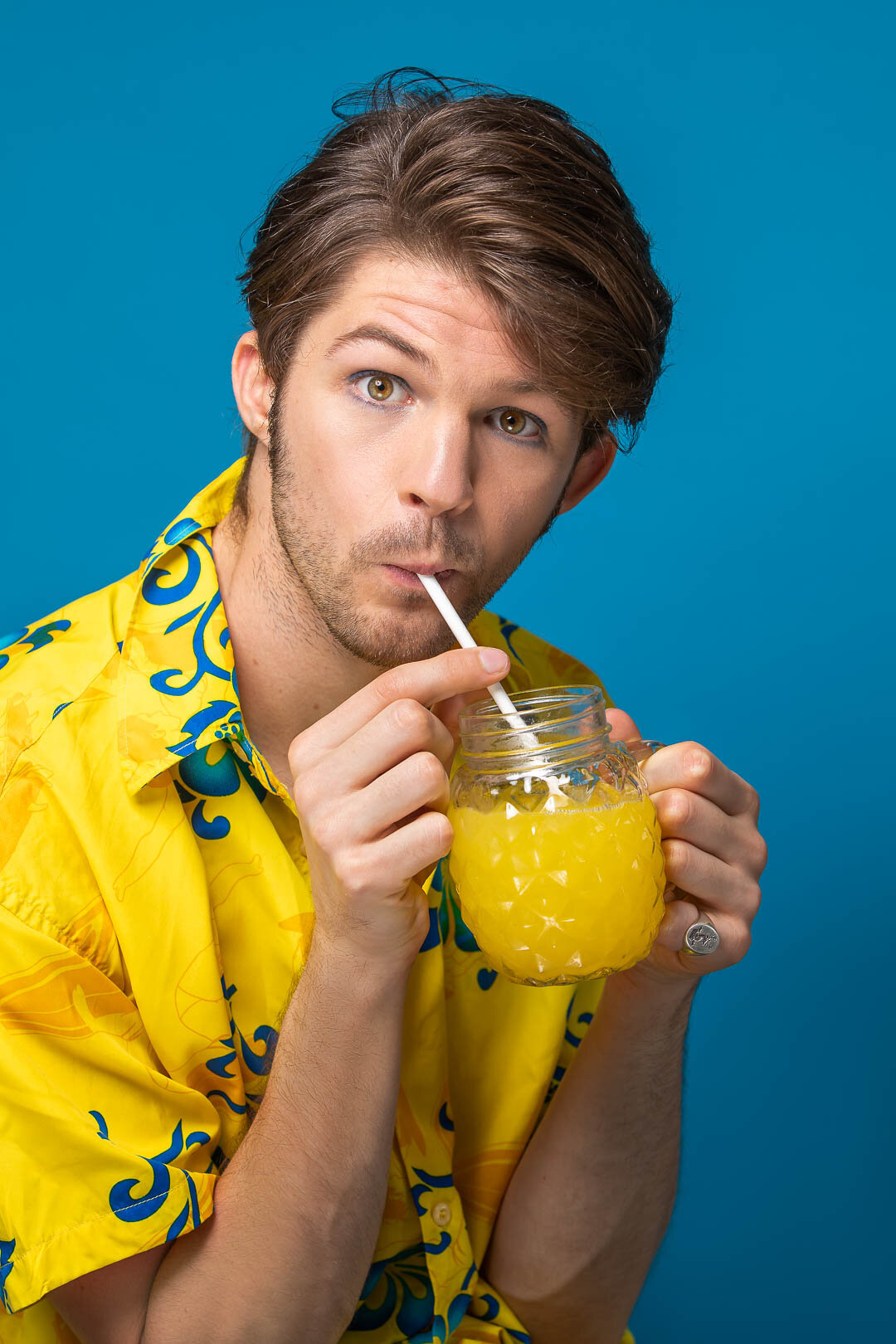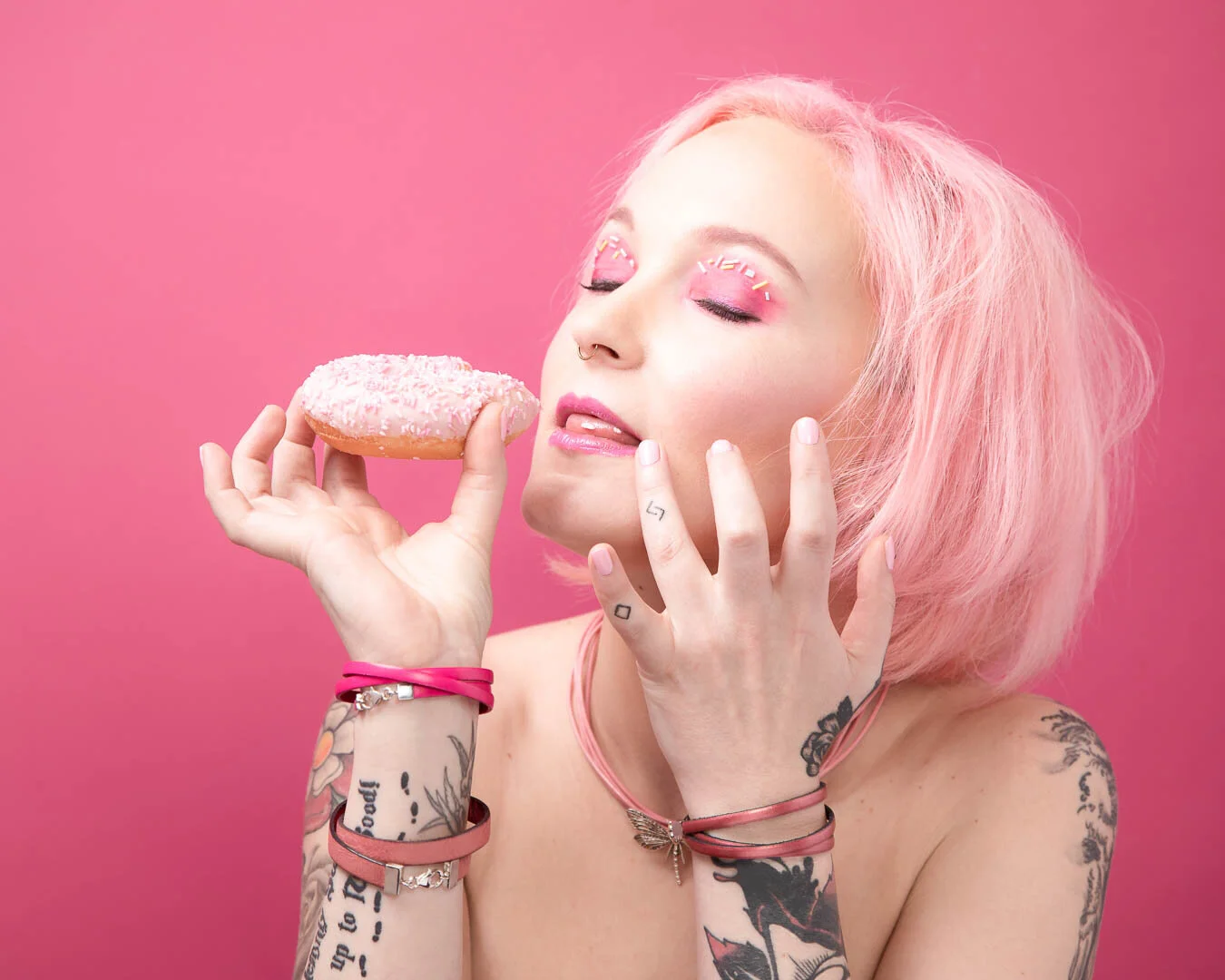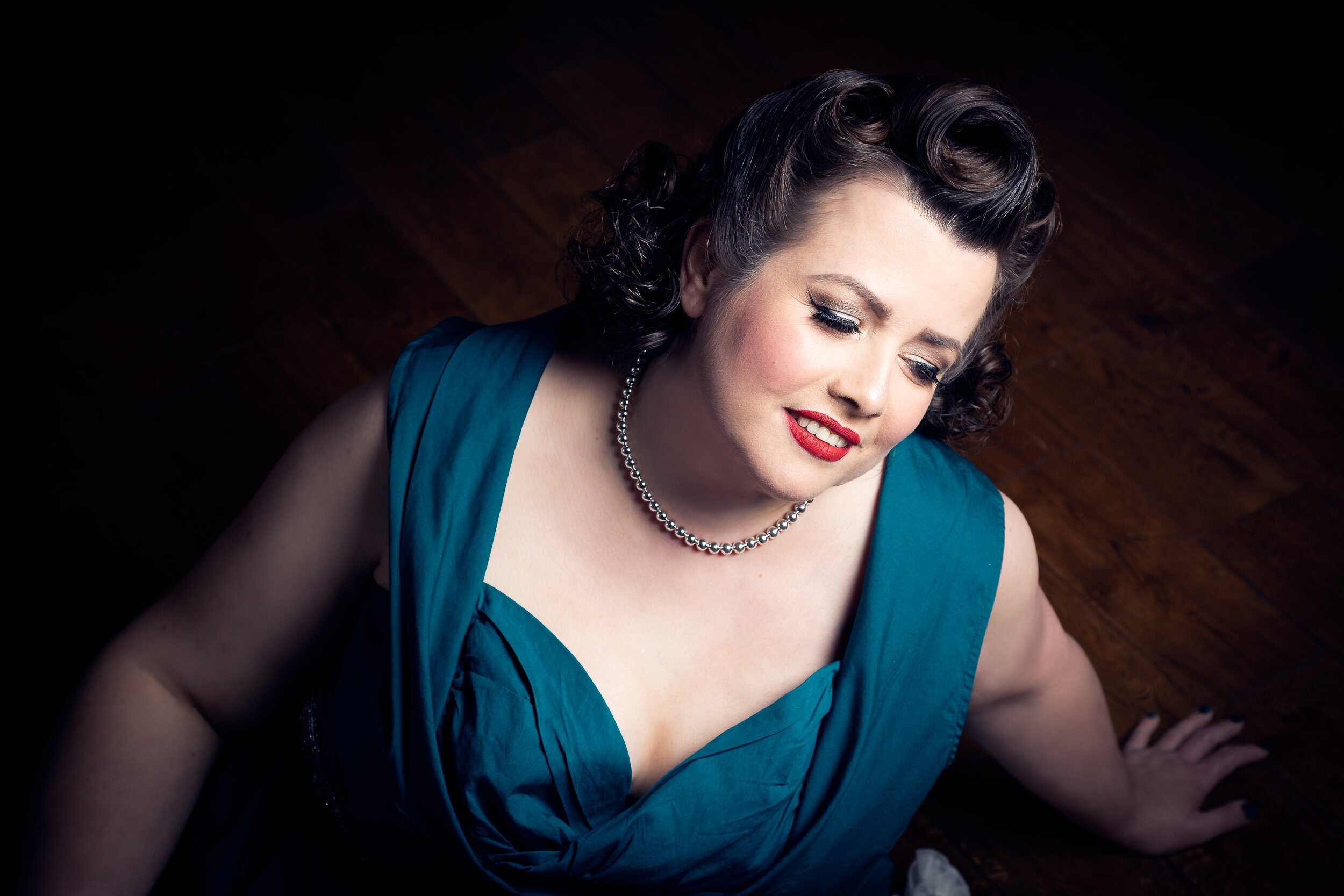7 tips for taking professional looking portraits in the photography studio
Photographing people in the studio, whether it’s your home studio, a rented studio, a mobile studio set up or you’re lucky enough to have a permanent space is fabulously rewarding
-but it can also be a little daunting.
Here are my top tips to get you started and ensure a great studio experience for you and for your sitter
1 - Talk to your model
It’s easy to forget that the person in front of your camera is probably as nervous or more nervous than you are.
While you’re fiddling about with your gear they are sitting there getting more and more nervous.
So be sure to chat to them - talk about what you’re going to do, get them to tell you what sort of pictures they would like to make and give them an opportunity to share their ideas.
Ideally the shoot won’t be the first time you’ve spoken to them, but sometimes it does go like that so you’ve got a short space of time to build that rapport.
2 - Appear confident
I say appear confident because sometimes you have to fake it!
You want your model to relax and trust you and that won’t happen if you look and act worried.
It’s tough, especially when things aren’t working like you wanted, but remember that they don’t know how things are supposed to go most of the time so if you made a mistake, they probably won’t notice.
Work on correcting it or just move on and try something else, but try and keep your cool.
3 - Start with just one light
It’s tempting to buy a bunch of lights and try and use them all at once.
I recommend starting with just one and mastering that before trying to add more.
Even now, I always start a session with just one light and then add them in as things progress.
It’s partly because tons of equipment is a bit scary for your model so starting simple keeps them comfortable too.
Plus, you need to understand the role each light plays and it’s too easy to get confused with lots of lights and end up making things worse rather than better.
Some of the greatest portraits in the photography world were made with just one light - so master that and you’re laughing!
Lindsay Adler is the queen of ‘one light lighting’ her courses (https://learn.lindsayadlerphotography.com/product/one-light-artistry/) are amazing and definitely worth signing up for but she also share lots of great content for free on You Tube.
Also check out this brilliant video on portrait lighting set ups with Hannah Couzens - it’s fabulous https://www.diyphotography.net/five-portrait-lighting-patterns-you-need-to-learn/
4 - Light the eyes
Eyes without light in them look dead - fact!
If you position your lights to ensure that there’s light in your subject’s eyes and ideally it’s coming down from above (like the sun) you’ll get a photo that’s much more full of life.
The rest of your light can be beautiful but if the eyes are dead the portrait is a dud (unless you were going for the zombie look of course!).
Sometimes if the model is wearing a hat it can be difficult and you might need to use a simple white or silver reflector positioned under their chin but out of shot, to bounce the light back into their face and light up both the eyes and the area under the chin.
For a great introduction to reflectors check out this article which explains it brilliantly https://fstoppers.com/education/how-use-reflector-light-portraits-526849
5 - Give direction but also keep your eyes open
Many photographers struggle to communicate how they want their models to move.
In general I pose people from the feet up - so feet, legs. hips. waist, chest, arms, hands, shoulders, head and finally eyes and mouth.
I am pretty specific because most people simply don’t know how to position themselves and even professional models can have go-to poses that might not be what you want from the shot.
The thing is that if you get too wrapped up in posing people you can miss the awesome and beautiful unique things that they do without realising it and which make great portraits that really reflect who they are.
Watch your subject move and get them to stop when something looks good, ask them to move slowly, dance or even just shift their weight from one foot to the other to see what works.
Footnote - do you practice posing yourself in front of the mirror? If not, start doing it now! Notice how exaggerated shapes look amazing and how small changes make big differences.
6 - Be deliberate with depth of field
Working in the studio, especially with flash, means less compromise in terms of balancing your aperture, shutter speed and iso.
Set your iso as low as you can (for maximum image quality), and your shutter speed to 1/125 or the sync speed of your camera and then choose your aperture and set your lights to get a good exposure.
I shoot at a variety of apertures throughout my sessions because they give totally different looks and feels.
Shooting wide open for a soft and dreamy feel that totally focuses on the eyes, is risky in terms of missing focus but gives stunning results.
Stopping down to f11 gives a sharper more fashion look that emphasises every detail.
Whatever you decide on, the key is choosing deliberately to achieve the look you want in camera.
Confused about aperture, shutter speed and iso - don’t panic - it’s all explained here https://fstoppers.com/education/exposure-triangle-understanding-how-aperture-shutter-speed-and-iso-work-together-72878
7 - Work your angles
Once you’ve got your model positioned, start moving around and looking for better and more interesting angles.
Try changing your height, move around the model, try shooting from the floor, get closer and further away and even get some close up detail shots.
It’ll give better variety in your final gallery but you’ll also learn a lot about what you like and what works for different people.
What the flattering angles are for different face shapes, ages, sizes, skin types all vary hugely and there’s nothing like practice for figuring it out.
There’s a whole lot of received wisdom about the do’s and don’ts of portrait angles so it’s worth knowing them - if only so you can try out breaking the rules occasionally.
I always say that if I don’t ache the day after a studio session, I wasn’t working my angles enough!
Conclusion
Taking portraits in the studio is great fun and needn’t be a huge stress.
I really believe that most of it is about building confidence in working with your model and with your equipment.
It’s better to start with a small array of gear that you know really well and build gradually getting to know each piece as you go - it is (as they say) not about what you’ve got but about how you use it!
It’s tempting to stay behind your camera and only see your subject through the lens or on your LCD.
Try to really look at your subject directly and see how they are positioned and how they move and you’ll spot the really great poses and angles and capture their individuality at the same time.
Have fun, and make sure your subject is having fun too - because ultimately that what it’s all about!
Want to see how we do it? Book to come in for a portrait session and experience it for yourself








